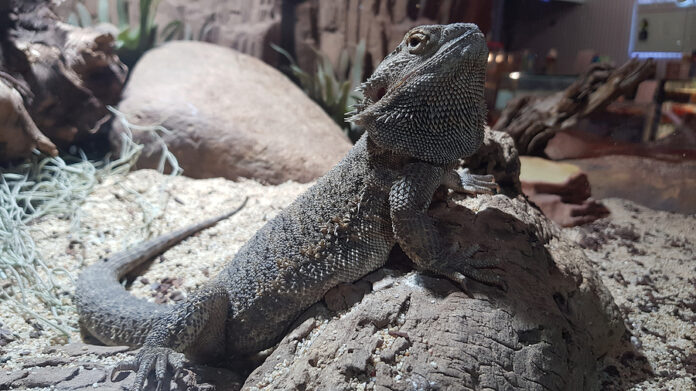The tuatara has roamed the Earth for around 250 million years but scientists have just now unlocked the secrets of their genetics. A recent study that was published recently has revealed that the reptiles genetic makeup is 66 percent larger than humans. This discovery could possibly confirm the evolutionary span of the creature and its very unique history.
They were once widespread across New Zealand but after years of battling humans and pests, their total population has dropped between 60,000 and 100,000. Scientists have recorded that the species has been off on its own branch of the evolutionary tree for quite some time. With estimations dating the reptile back more than 150 million years ago.
A very unique trait of the tuatara is that since it is so removed from the evolutionary tree, it has no close relatives at all in terms of other species. With so much left unknown about the species, many people argue about any relation at all. The main contenders for debate have been turtles, crocodiles and birds with others in favour of snakes and lizards.
Thanks to the new study that was recently published, scientists have been able to give it a home to the latter batch of the argument. The main twist though is that while they are related more to snakes and lizards, they branched off around 250 million years ago to become their own unique species. To put this into retrospect, scientists consider that primates came into existence around 65 million years ago and hominids (which we as humans descended from) originated around 6 million years ago.
Tuatara’s have so many mysteries left to be unsolved. A particular interest around the species is how they can live past 100 years of age as well.










































